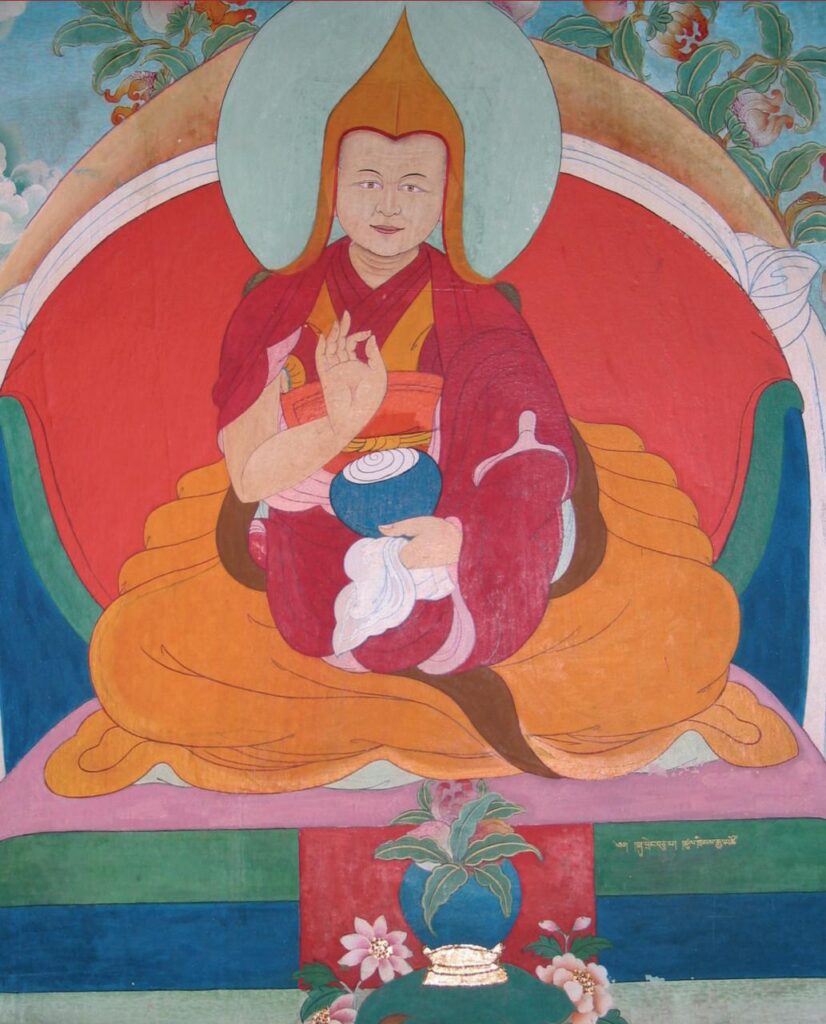

The Tenth Dalai Lama–Tsultrim Gyatso (1816–1837)
Tsultrim Gyatso, the Tenth Dalai Lama, was born in 1816 in Lithang, Kham, eastern Tibet, to Lobsang Dakpa and Namgyal Bhuti. Recognized in 1818 as the reincarnation of the Ninth Dalai Lama, he was known from an early age for his sharp intellect and spiritual maturity.
In 1822, at the age of six, he received his novice monastic vows from the Seventh Panchen Lama, Lobsang Palden Tenpai Nyima, who gave him the name Ngawang Lobsang Jampel Tsultrim Gyatso. That same year, on August 8, he was formally enthroned at the Potala Palace, assuming his place at the center of Tibet’s spiritual and political life.
At ten, he entered Drepung Monastery, where he undertook rigorous studies in Buddhist philosophy under esteemed scholars, mastering the teachings of both sutra and tantra. His education was shaped by a deep sense of discipline and devotion.
By 1830, Tsultrim Gyatso assumed leadership of the Tibetan state. During his brief rule, a significant document known as the “Iron-Tiger Report” was compiled, addressing agriculture and taxation policy—an indication of his concern for Tibet’s economic and administrative well-being.
In 1831, he initiated restoration work on the Potala Palace and supported the revitalization of monastic universities, reaffirming the importance of spiritual education. In 1834, he received full Gelong (monk’s ordination) vows from the Panchen Lama. That same year, he gave teachings to the Fifth Kalkha and the Mongolian King of Torgo and dispatched senior monks to Mongolia to establish a Kalachakra center—expanding Tibet’s spiritual outreach.
Despite his promising leadership and reform efforts, Tsultrim Gyatso suffered from chronic health issues and died prematurely in 1837 at the age of 21. His death marked another sorrowful moment in the succession of young Dalai Lamas who passed away before fulfilling their full potential.
Even in his short life, the Tenth Dalai Lama left a legacy of scholarship, reform, and international spiritual engagement—embodying the resilience and devotion at the heart of the Dalai Lama institution.
